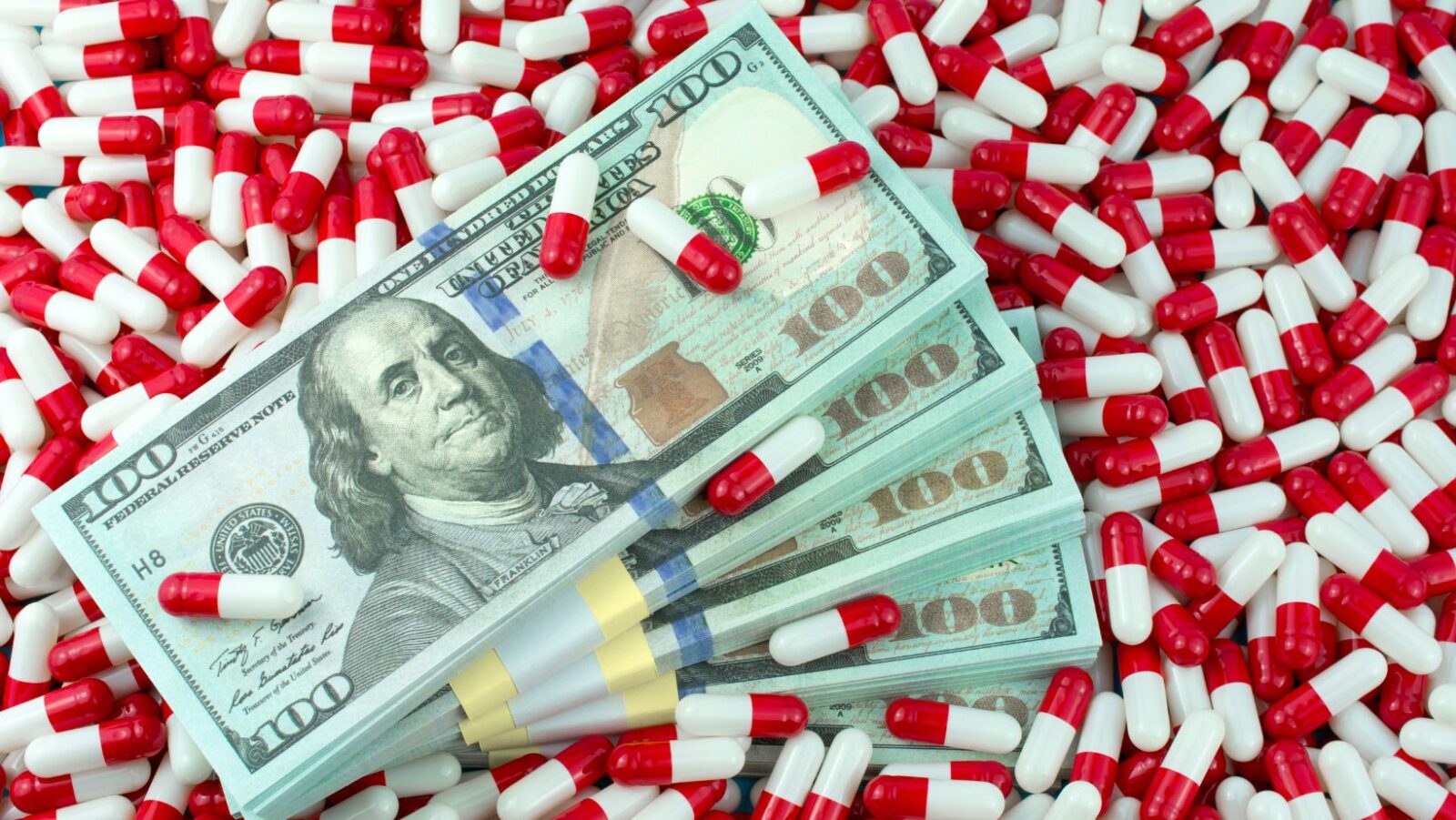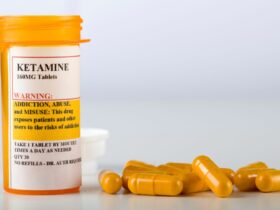The soaring cost of prescription drugs in the United States has become a source of widespread concern, with patients, healthcare providers, and policymakers alike grappling with the complex web of factors contributing to this issue. In this article, we delve into six key reasons behind the high drug prices in the U.S., shedding light on the intricate dynamics that drive the cost of medications to often staggering levels.

1. Pharmaceutical Industry Practices: Research and Development Costs
One major factor contributing to high drug prices in the U.S. is the intricate nature of pharmaceutical industry practices. Drug development is an expensive and time-consuming process, often requiring extensive research and clinical trials. Companies argue that the high prices are necessary to recoup the substantial investments made in bringing a new drug to market.
While the importance of incentivizing innovation cannot be understated, critics argue that the transparency of research and development costs is often lacking. Pharmaceutical companies sometimes include marketing expenses in their calculations, further inflating the perceived cost of bringing a drug to market. Striking a balance between encouraging innovation and ensuring fair pricing for consumers remains a critical challenge.
2. Patent Protections and Market Exclusivity
Patent protections play a significant role in drug pricing. When a pharmaceutical company develops a new drug, it is granted a patent that provides exclusive rights to sell that drug for a specified period, typically around 20 years. During this time, the company can charge higher prices to recoup the costs incurred during the development phase.
While patents are crucial for fostering innovation, they also contribute to high drug prices, especially when there is little to no competition in the market. Once a patent expires, generic versions can enter the market, leading to lower prices. However, in the interim, patients may bear the brunt of high costs for necessary medications.
3. Lack of Price Regulation and Negotiation
Unlike many other developed countries, the United States lacks a comprehensive system for regulating and negotiating drug prices. In countries with nationalized healthcare systems, government bodies negotiate directly with pharmaceutical companies to determine the cost of medications. This approach often results in lower prices for consumers.
In the U.S., drug prices are typically negotiated between pharmaceutical companies and various players in the healthcare supply chain, such as pharmacy benefit managers (PBMs) and insurance companies. The lack of a centralized negotiating entity allows for a fragmented system where prices can vary widely. Critics argue that empowering government agencies to negotiate directly with drug manufacturers could lead to more reasonable and transparent pricing.
4. Rebates and Discounts: A Complex Pricing System
The complex pricing structure within the pharmaceutical industry involves a myriad of rebates and discounts negotiated between drug manufacturers, PBMs, insurers, and pharmacies. While these rebates are intended to lower the overall cost of medications, the convoluted system often results in increased confusion and opacity.
Pharmaceutical companies may offer rebates to PBMs in exchange for favorable placement on formularies, lists of drugs covered by insurance plans. However, the savings from these rebates may not always trickle down to the patient at the point of sale. Instead, patients may find themselves paying a percentage of the list price rather than the lower, negotiated price.
5. Direct-to-Consumer Advertising and Marketing Expenses
The United States is one of the few countries that allows direct-to-consumer (DTC) advertising by pharmaceutical companies. While advertising can raise awareness about treatment options, it also contributes to the high cost of drugs. Companies spend substantial amounts on marketing campaigns to promote their brand-name medications, driving up overall expenses.
The cost of marketing and advertising is factored into the pricing of drugs, and patients often end up paying for these expenditures. Critics argue that limiting or banning DTC advertising could potentially lead to cost savings that benefit consumers without compromising the availability of necessary information about medications.
6. Lack of Competition and Generic Drug Availability
Competition within the pharmaceutical market is a crucial factor in driving down prices. When multiple manufacturers produce generic versions of a drug, the increased supply typically results in lower prices. However, barriers to generic drug entry, such as complex regulations and legal hurdles, can hinder competition.
Some drug markets lack robust generic competition due to factors like limited manufacturing capacity or exclusivity agreements. In these cases, brand-name drugs may maintain higher prices for longer periods, impacting the affordability of essential medications for patients.
Conclusion
The high cost of prescription drugs in the United States is a multifaceted issue, with roots in industry practices, patent protections, pricing structures, and market dynamics. Addressing this complex challenge requires a comprehensive approach that balances the need for innovation with the imperative of making essential medications accessible and affordable for all. As policymakers, healthcare providers, and pharmaceutical companies grapple with potential solutions, finding common ground that prioritizes patient well-being is paramount in ensuring a sustainable and equitable healthcare system.






